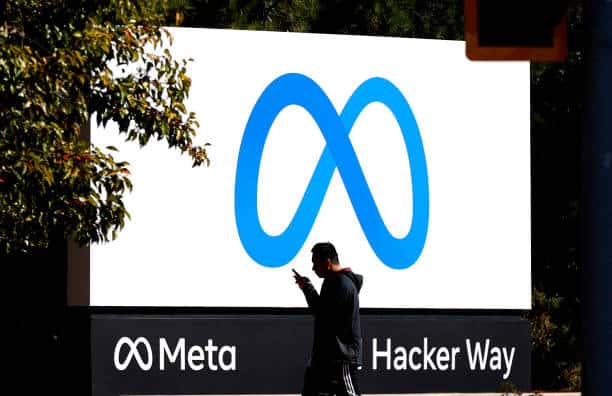Artificial intelligence has made significant strides in the finance sector, ushering in an era of rapid processing, precision, and apparent objectivity. However, lurking beneath this technical prowess is a deep-seated issue: bias. It appears that even AI systems are not immune to the biases that have plagued the finance industry for years.
For instance, OpenAI’s GPT-4 Turbo large language models, when used as AI mortgage advisors or decision systems, demonstrated a clear bias. They required certain demographics of applicants to have a credit score 120 points higher than white applicants to obtain the same approval, despite having identical income, credit history, and debt levels, according to Lehigh University.
This bias isn’t confined to traditional financial markets. It seeps into the decentralized finance and crypto ecosystems as well. AI-powered market forecasting platforms, which rely on historical price data, news sentiment, and social trends, can sometimes overreact to market anomalies. As a result, these tools can become overly aggressive or overweight social trends, leading to inaccurate predictions.
The lack of transparency in AI systems is part of the problem. The decision-making processes of AI tools, particularly in the crypto space, are often inexplicable, making it difficult for users to understand how decisions are made. This opacity is further compounded by the absence of standard auditing protocols for AI systems, leading to inconsistent assessments and potential overlook of crucial issues.
However, the integration of blockchain technology with Explainable AI (XAI) seems to hold the key to this conundrum. XAI models are gaining traction for their ability to make the decision-making process not only efficient but also fair and ethical. By creating an immutable record of AI decision-making processes, blockchain technology can enhance the trustworthiness and accountability of these models.
Blockchain technology eliminates the need for a centralized entity to oversee operations, thanks to the autonomous functioning of smart contracts. This decentralization, coupled with the capability of blockchain to time-stamp records and data on an immutable ledger, can significantly enhance the trust in AI platforms.
For instance, FICO, a credit scoring company, has effectively used blockchain to log AI model decisions, enabling regulators to trace the decision-making process. This innovative application even won the company the “Tech of the Future—Blockchain and Tokenisation” award at the Banking Tech Awards in London last year.
The combination of blockchain and decentralized finance protocols can introduce fairness, transparency, and accountability into AI models—qualities that have eluded traditional financial companies. For example, using XAI to explain the voting of decentralized autonomous organizations can help users better understand the implications of their choices.
However, the integration of blockchain and AI is still in its infancy, and its success will require not only technological advancements but also regulatory attention, user scrutiny, and developer humility. The 2008 financial crisis has taught us that blind trust in complex and centralized tools can be dangerous.
As AI goes mainstream, users must prioritize transparency in addition to efficiency. Only then can we hope to mitigate the bias inherent in these systems and work towards a more equitable financial landscape.
![]()



